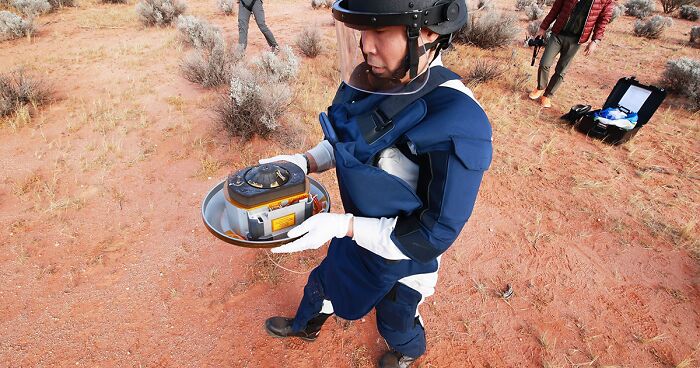
After 6 Years And Billions Of Miles, A Capsule With An Asteroid Sample Returns To Earth
“Space; It seems to go on and on forever… but then you get to the end and a gorilla starts throwing barrels at you.” — Philip J. Fry.
Well, Fry and those who watched Futurama eventually found out what it means to be in space, but there was no gorilla there. Regardless, much of what we consider space is yet to be explored and though we will not (pretty sure) find a gorilla throwing barrels in space (maybe perhaps some barrels after a spaceship explosion), we will surely find a bunch of other interesting things. And bring them back to Earth.
The Japan Aerospace Exploration Agency (or JAXA for short) recently got a hold of an asteroid sample in space and managed to get it back to Earth for further studies. Yeah, science and space are cool.
On December 5th, a capsule carrying a one-of-a-kind asteroid sample re-entered Earth’s atmosphere and scientists have retrieved the specimen
Image credits: Handout / JAXA / AFP
So, Japan’s Aerospace Exploration Agency—the NASA of Japan, in other words—launched an asteroid sample-return mission back in December of 2014 named Hayabusa2. It is the direct successor to the Hayabusa, which was also tasked to retrieve a sample of an asteroid (namely, a small near-Earth asteroid named 25143 Itokawa) and it was successful at doing so.
The Hayabusa2 (alternatively called the Peregrine falcon 2) mission involved a space craft that had been launched to retrieve some asteroid samples from a near-Earth asteroid called 162173 Ryugu. It rendezvoused (space-talk for reaching its orbit) with the asteroid in June of 2018 and surveyed it for over a year and half before taking the sample and bolting.
In 2018, Hayabusa2 reached 25143 Itokawa asteroid and surveyed it in hopes of retrieving a sub-surface sample
Image credits: JAXA
It ended up leaving the asteroid in November of 2019 and set sail (set ion engines? Warp drive? Turbo boosters? You get the idea) for Earth and it has just now reached us—JAXA announced that on December 5th, the capsule carrying the asteroid sample has finally returned to Earth, and that the very next day it had recovered everything in the South Australian outback.
Besides the asteroid sample found inside the capsule, there was also a heat shield and parachute that JAXA has managed to retrieve. And today, on December 7th, it is planning on extracting the gas out of the capsule at its operation headquarters in Australia. It is believed that the gas originates from the asteroid Ryugu.
Once it got it, the space craft dispatched the sample in a capsule that has just now reached and landed on Earth
Image credits: Jaxa
Photos of the capsule’s retrieval were shared on Hayabusa2’s dedicated Twitter account. These gave a glimpse at what the capsule looks like, but no pictures of the specimen itself. However, it is estimated that the specimen will weigh around 1 gram and it is said to be the first subsurface asteroid sample brought back to Earth in human history.
Oh, and if you’re wondering why the scientists are wearing a bunch of armor—it’s to protect them from all of the radioactivity that’s coming from the asteroid. Space is full of it.
To date, the space craft and the capsule (for most of this journey) has traveled over 5.27B kilometers
Image credits: Jaxa
So, to put things into perspective, the spacecraft carrying the capsule has, to date, traveled over 5.27 billion (that’s with a B) kilometers (or 3.27 billion miles) throughout its entire mission, and resides approx. 700,000 kilometers (435,000 miles) away from Earth. The Moon is just 384,000 kilometers away, so you can get a rough picture of where it’s at now.
“We take this opportunity to show our deepest gratitude to the governments of Australia and Japan, NASA, and relevant parties for their cooperation in the recovery of the ‘Hayabusa2’ re-entry capsule. Our appreciation extends to the people of Japan and the world for their generous support and encouragement,” wrote JAXA in their announcement.
Here’s the “fireball” as seen onsite, capture by the Hayabusa JAXA team sent to retrieve the specimen
Image credits: Jaxa
As for the spacecraft that carried the capsule for the past 6 years, it will continue its research, somewhat following the trajectory of the capsule, except taking a slight detour and rendezvousing with another asteroid traveling between Earth and Mars, eventually returning to earth by 2031. So, something to look forward to!
What are your thoughts on this? What is one thing you’re still waiting for science to retrieve from space? Let us know in the comment section below!
The internet responded to the news appropriately—some thought it was cool, but most still said that this can’t be a good thing because it’s 2020
"Oh, and if you’re wondering why the scientists are wearing a bunch of armor—it’s to protect them from all of the radioactivity that’s coming from the asteroid. Space is full of it." Interesting. It sure looks a lot like a bomb suit to me, not lead protective gear. Specifically it looks a lot like the United Shield Excel Bomb Suit. But, I digress, I am not an expert in bomb suits. I am, however, very familiar with radiation and the protective equipment I use to protect myself from it.
"The Lonesome Death of Jordy Verrill" https://www.youtube.com/watch?v=L_nh3Rtyj-Y
"Oh, and if you’re wondering why the scientists are wearing a bunch of armor—it’s to protect them from all of the radioactivity that’s coming from the asteroid. Space is full of it." Interesting. It sure looks a lot like a bomb suit to me, not lead protective gear. Specifically it looks a lot like the United Shield Excel Bomb Suit. But, I digress, I am not an expert in bomb suits. I am, however, very familiar with radiation and the protective equipment I use to protect myself from it.
"The Lonesome Death of Jordy Verrill" https://www.youtube.com/watch?v=L_nh3Rtyj-Y
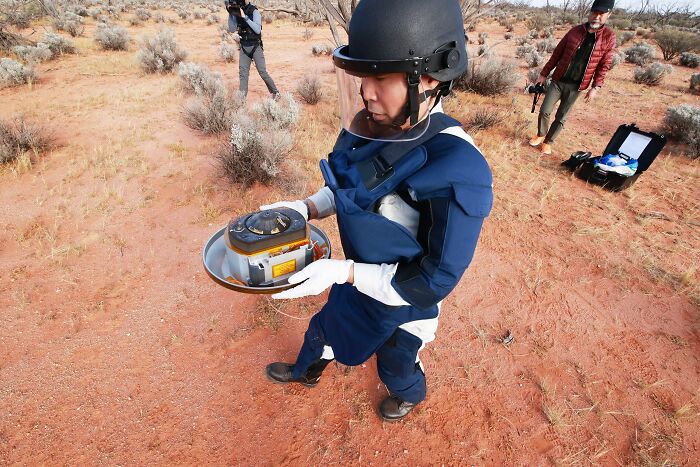
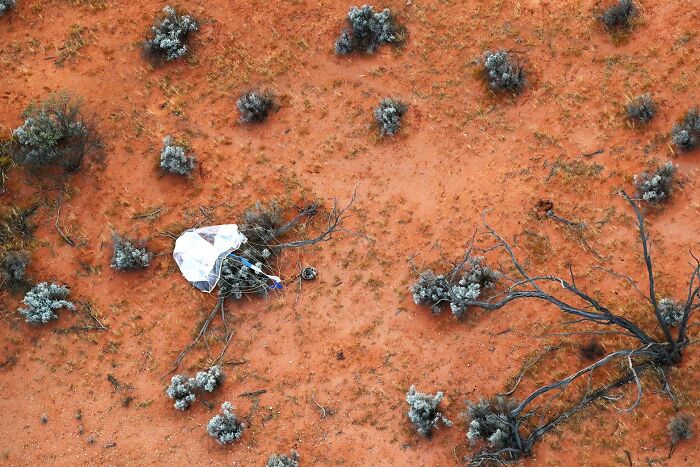
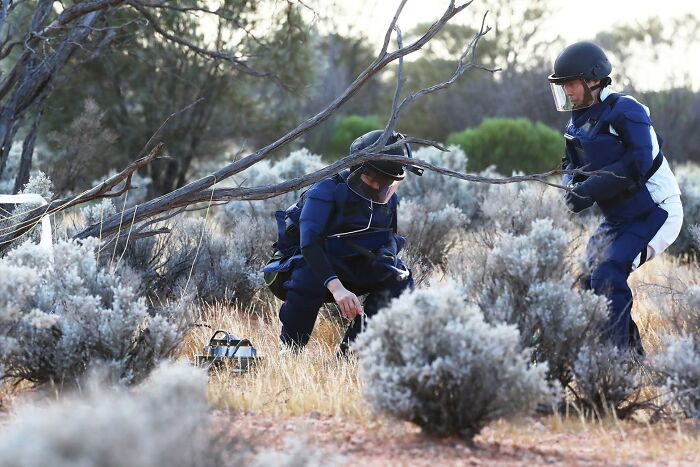
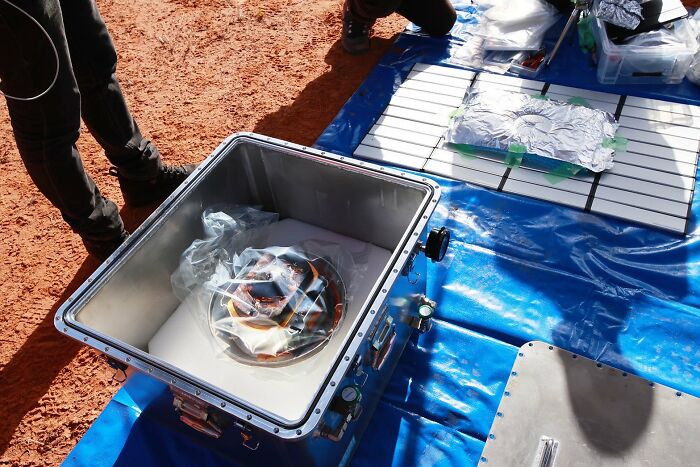
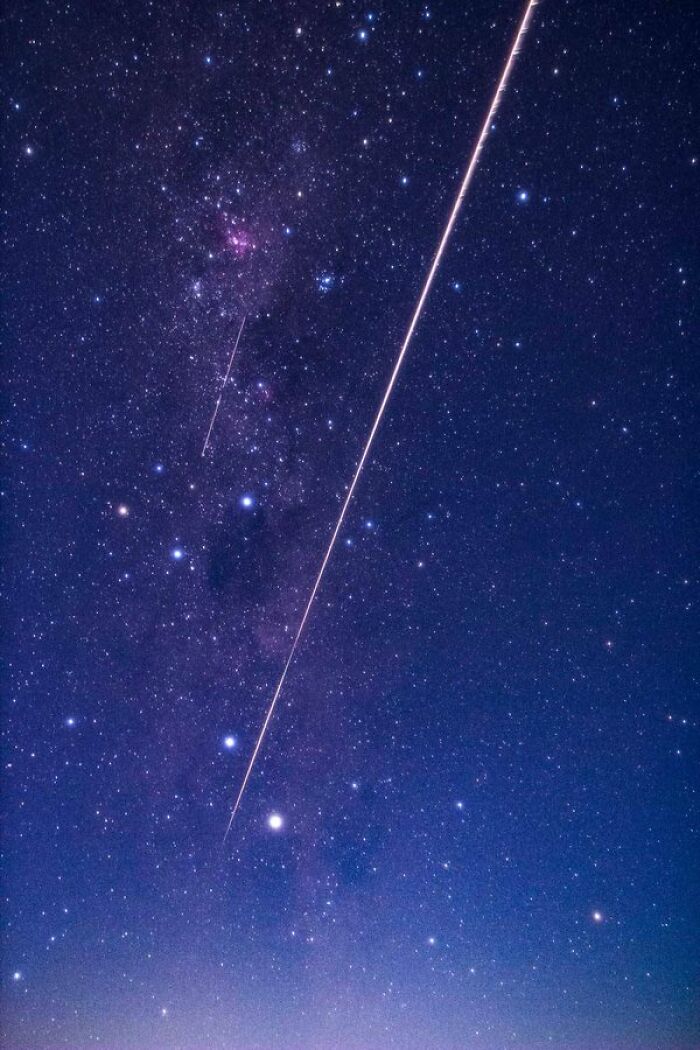


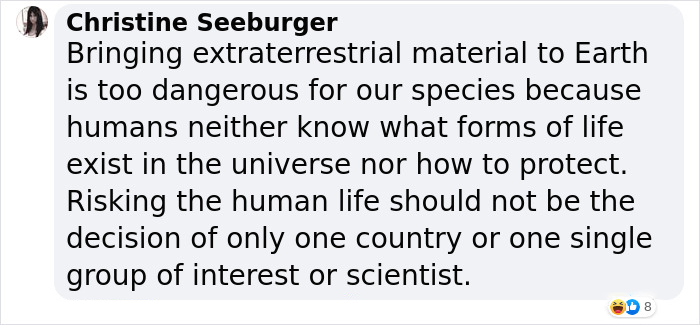


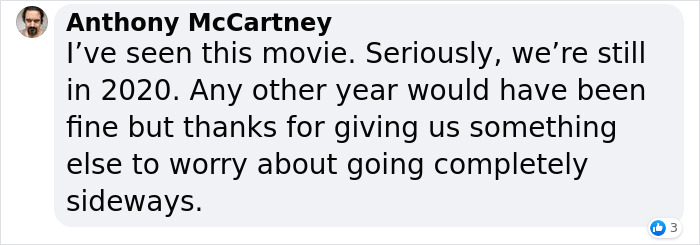


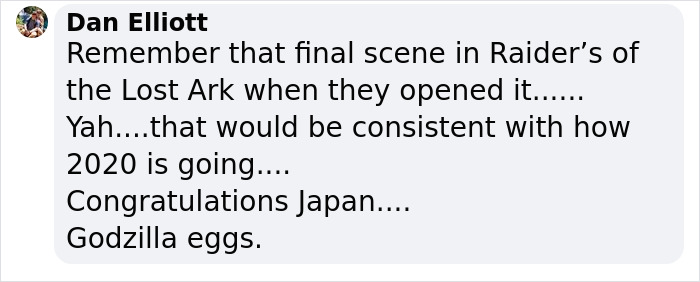




67
5